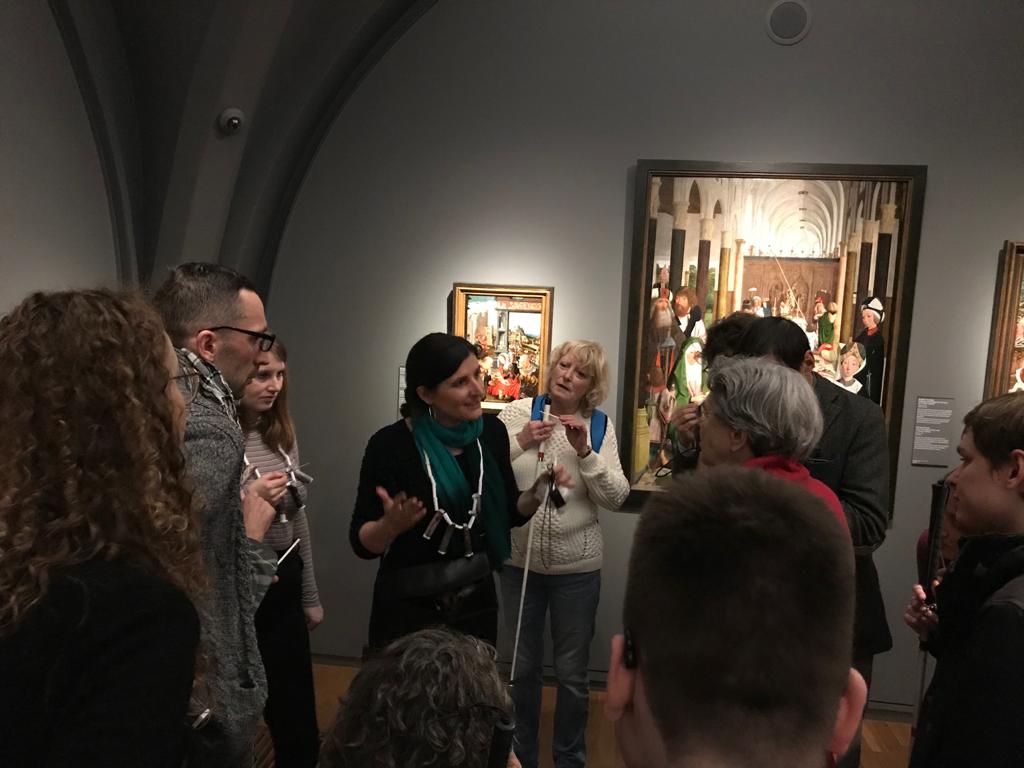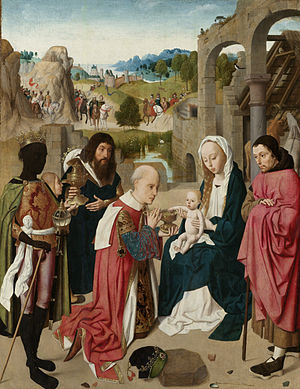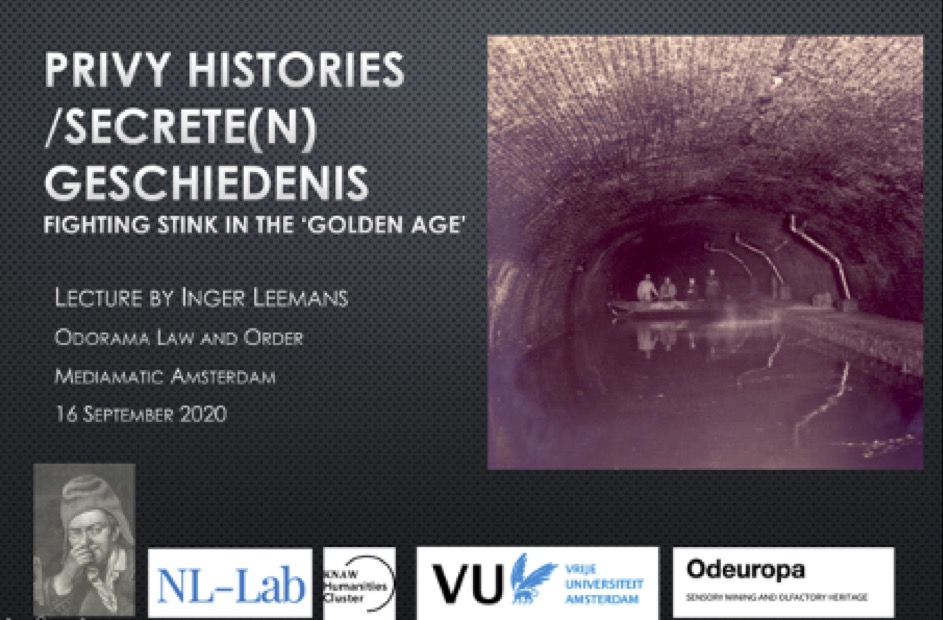This post by Caro Verbeek originally appeared on Futurist Scents
In 2015 I embarked on one of the greatest adventures of my life. IFF (Hilversum), the Rijksmuseum (Amsterdam) and I (Vrije Universiteit Amsterdam) reconstructed a dozen historical and other scents for our joint project ‘In Search of Lost Scents’. All scents were related to art works from the so called ‘Highlight tour’: a unique project combining the best of (very different) worlds.
Right before the lockdown (due to corona) I was able to introduce some of these scents to a group of blind and near sighted people during a tour at the Rijksmuseum, organized by Hannes Wallrafen of Stichting Geluid in Zicht and Cathelijne Denekamp. Denekamp is manager of accessibility in the museum and is convinced the senses can play an important role in inclusivity:
“In order to make objects come to life, touch and smell are essential tools for blind people or people with low vision. The Rijksmuseum is considered a very visual museum. As a museum we acknowledge our responsibility of giving blind people or people with low vision access to art and history without using their eyes. Scent and story-telling enable us to do that.”

Understanding rituals by the sense of smell – The Adoration of the Magi
We started our multi-sensory tour in the dimly lit vaulted rooms that store medieval and renaissance art works. We halted at the painting ‘Adoration of the Magi’ by Geertgen tot Sint Jans. The artist confronts us with lavishly dressed men holding precious gifts in front of a new-born child sitting on the lap of his mother. After this description the participants recognized the biblical story of the three kings offering frankincense, myrrh and gold to Jesus without even hearing the title of the painting. Not mentioning such details leaves more room for the mind to explore and imagine.
Frankincense and myrrh were meant as burnt offerings to pay honour to kings and gods. In antiquity resins were burnt ‘per fumum’ (through smoke) to make its fragrant emanations reach the nostrils of divine beings. Every contemporary viewer of this painting would have understood that by offering these fragrances these royals symbolically acknowledged the divine and profane superiority of Christ; a meaning that got lost somewhere over the past centuries. And so did the meaning and aromatic quality of one of the scents.
The participants were enabled to actually smell myrrh as part of a story-telling technique. Its aromatic quality (bitter) is connected to its historical meaning: besides being an offering to a god, the bitterness of this resin was considered prophetic and referred to the future suffering of Christ. This means that sensory engagement can actually lead to a better understanding of past rituals. Here’s what participant Emilie De Lanoy Meijer recalled months later:
“Because of the scent of myrrh I instantly felt transported to the story and time it took place.”
Scents are in fact known to elicit intense historical sensations, according to neuro-scientist Richard Stevenson; even more so than images or sounds.

“As a fully blind individual I do not feel any connection to paintings, but rather to stories”
We then took a small detour to a so-called ‘pomander’ in the department of the ‘special collections’. Pomanders are metal jewels filled with fragrances, worn by people of high status such as doctors and lawyers. They were hung from a chain or ‘chatelaine’ so the scents could be taken to the nose at will. Fragrances were supposed to help protect people from diseases, which were thought to be caused by bad smells (think of ‘malaria’ which literally means ‘bad air’). Baring in mind the story surrounding the three magi: a pomander could also function as a prayer nut which contents were an offering or wordless prayer in itself.

